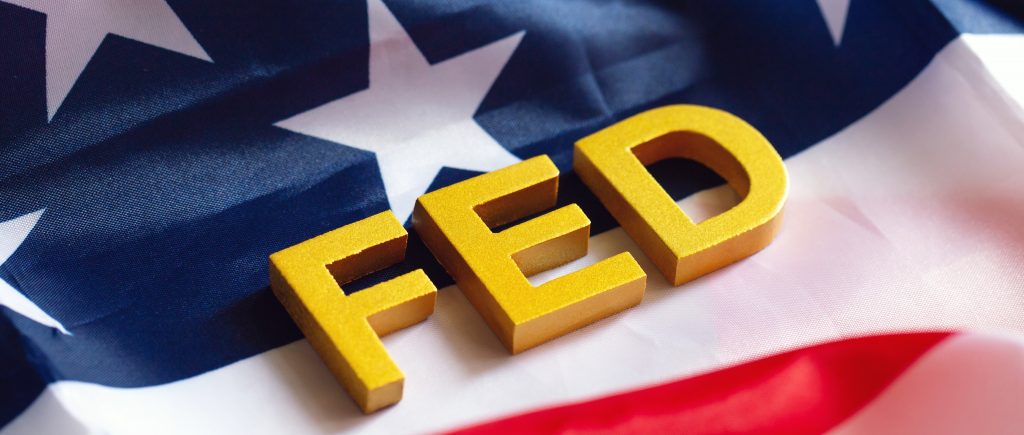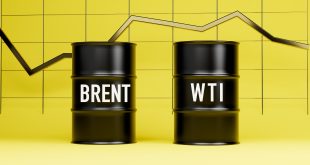Two leading Federal Reserve officials are sounding alarms from different angles. Dallas Fed President Lorie Logan is pressing for restraint on further interest rate cuts, arguing that inflation remains a persistent threat. Meanwhile, Chicago Fed President Austan Goolsbee warns that the ongoing government shutdown has deprived policymakers of vital data, forcing them to make decisions with partial visibility. Together, their messages underscore the fragility of the moment: a central bank attempting to stabilize a slowing economy without losing its grip on credibility.
Logan’s Case: Inflation Still Too Sticky
Logan made clear that the September rate cut was a defensive measure, designed as “insurance” against a sudden spike in unemployment. But she pushed back against expectations for deeper easing, warning that premature cuts risk reigniting inflation. With consumer prices running above the Fed’s 2% target for four straight years, Logan argued that tariff-driven cost pressures could become embedded in inflation expectations. Her message was blunt: if businesses and households begin to see higher prices as the new normal, reversing course later will be far more painful. For Logan, the greater danger lies in moving too quickly and losing the Fed’s hard-earned credibility on price stability.
Goolsbee’s Warning: Policy Without Clear Data
While Logan focused on inflation risks, Goolsbee pointed to a different challenge: the government shutdown has stalled the release of official jobs data, leaving the Fed reliant on alternative indicators. He noted that policy must now be guided by estimates and real-time metrics, a risky approach when the stakes are so high. This absence of reliable data narrows the Fed’s margin for error, raising the chance that policy adjustments could overshoot or lag behind the true state of the economy. Goolsbee’s caution adds another layer to the Fed’s dilemma: how to act decisively when the picture is blurred.
The Labor Market’s Uneasy Balance
Despite slowing hiring, the U.S. labor market remains broadly stable, with unemployment at 4.3%. Yet Logan highlighted a hidden weakness: new graduates and younger workers face prolonged job searches in a sluggish hiring environment. This fragility means the labor market could absorb a shock unevenly, even if overall indicators look balanced. The Fed’s challenge, then, is to calibrate policy finely enough to avoid worsening vulnerabilities while still containing inflation. It is a balancing act that leaves little room for mistakes.
A Fed That Must Move Carefully
The dual warnings from Logan and Goolsbee paint a picture of a central bank caught between competing risks: entrenched inflation on one side and an underreported labor fragility on the other, compounded by the absence of complete data. Investors, businesses, and households should not expect aggressive or rapid policy shifts. Instead, every move is likely to be deliberate, defensive, and narrowly focused on protecting the Fed’s credibility while avoiding a deeper economic shock.
The message from Logan and Goolsbee is not one of paralysis, but of vigilance. The Fed will act, but not recklessly. It will cut, but cautiously. And in the meantime, the rest of the economy must live with the reality that stability comes slowly, and credibility is guarded fiercely.

 Noor Trends News, Technical Analysis, Educational Tools and Recommendations
Noor Trends News, Technical Analysis, Educational Tools and Recommendations




